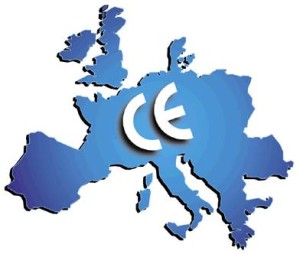IEC/EN 62368-1 Implementation for New Products
The main issue for new products is determining what international markets need to be satisfied, what edition of the new standard will those national standards be based on, and how much value will a CB report offer in those markets.
Europe is currently, and for the foreseeable future, only recognizing the 2nd edition of IEC 62368-1. However, many other important markets, such as China, Taiwan, and Korea are still requiring the old standards (IEC 60950-1 or IEC 60065-1), In order to solve this challenge, some certification bodies are recommending dual CB certifications to both the 2nd ed of the new standard, and the applicable old standard. Certifying to an additional standard, of course, increases certification costs. Furthermore, the countries currently requiring old standards are likely to transition directly to the 3rd edition of the new standard, bypassing the 2nd ed altogether. When a transition directly to 3rd ed happens (probably within the next couple of years), the 2nd ed CB certification reports will offer little value. This in turn could force an edition upgrade to the already pricey dual CB certification.
In this situation we recommend having a global certification expert look at the international target market requirements. Depending on these requirements it may or may not make sense to go with a dual certification. In addition, said expert could potentially provide a certification strategy for directly obtaining a 3rd ed CB scheme while showing backwards compatibility to the 2nd ed for Europe.




